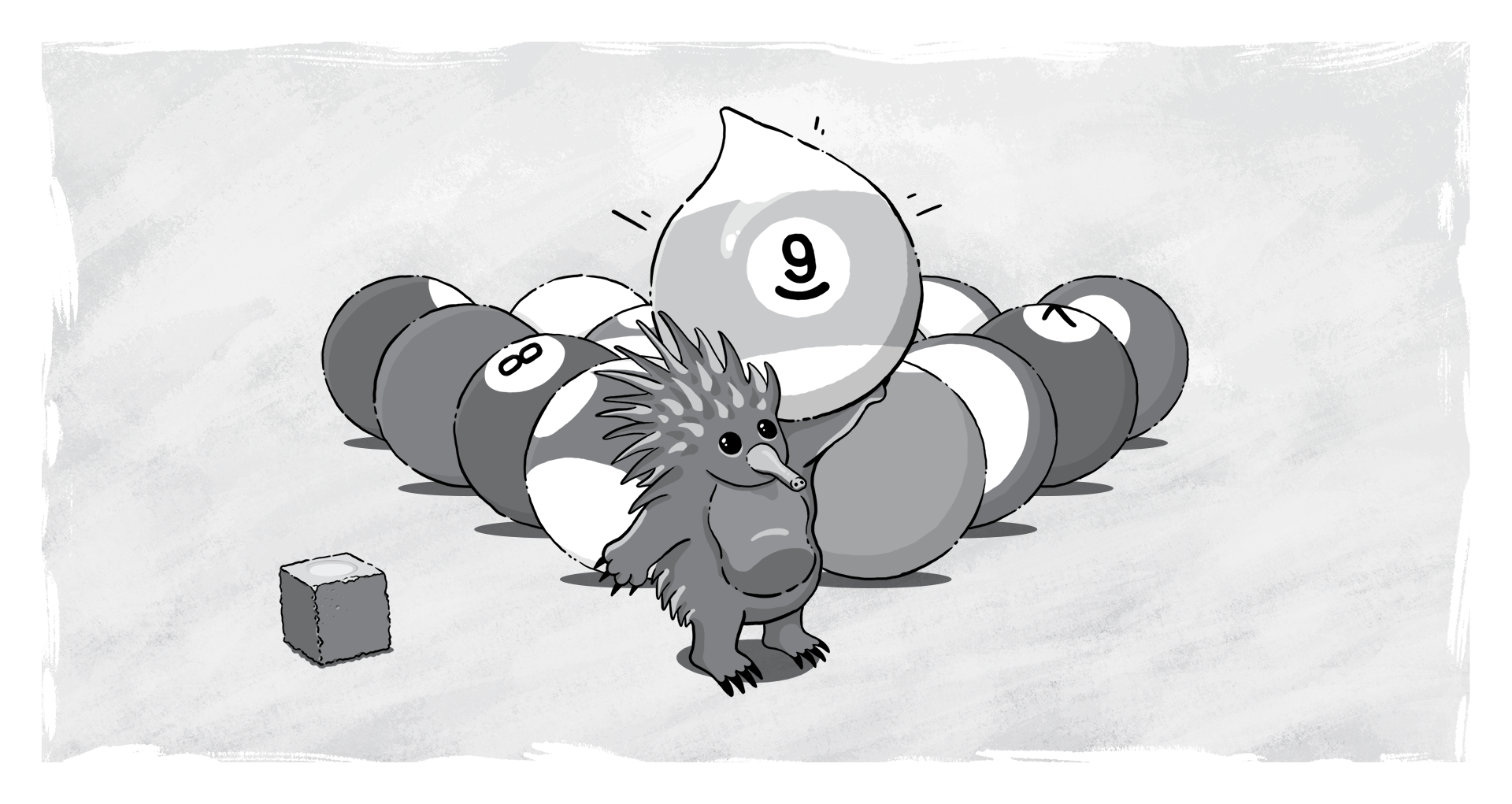Moving House: Structure, Design, and Features

We’ve spoken a lot about moving over the past few days. In the real world, you’d prepare your family for a move; in the case of a website migration, your family is your users. A migration is a great opportunity to redesign and realign your online space with user needs. If your digital experience is a house, then the user experience is affected by things like layout, visual design, accessibility, and content.
REVISIT INFORMATION ARCHITECTURE, FEATURES, AND DESIGN
Because the jump from Drupal 7 to Drupal 9 is substantial, this is a good time to revisit the information architecture of the site, do a feature audit, and consider whether you want to make design changes.
IS IT TIME TO UPDATE YOUR SITE'S INFORMATION ARCHITECTURE?
A few weeks ago, we spoke about how to perform a content audit and plan to migrate your web content. Thinking about a digital experience from a technical perspective involves how that content will be organized. Did you set up a content type that you only used once or twice and never touched again? Maybe you can delete that instead of migrating it. Are you using a taxonomy that was set up years ago, but no longer makes sense? Now is a good time to refine that for the new version of your site.
Content migration is also a relatively easy time to manipulate your data. You can migrate Drupal 7 nodes or files into Drupal 9 media entities, for instance. Or migrate text fields into address fields or list fields into taxonomy terms. Or merge multiple Drupal 7 content types into a single Drupal 9 content type. Or migrate content from a deprecated Drupal 7 field type into a different, but supported, Drupal 9 field type. These kinds of things take a bit more work in the migration, but are completely possible with the Migration toolset, and are not difficult for developers with migration experience.
In addition to the finer details, take a look at some big-picture questions -- such as:
- Who is the site serving?
- How has this changed since the Drupal 7 version of the site was established and should you make changes to the information architecture to better serve today's audience in the upcoming Drupal 9 site?
HAVE YOUR FEATURE NEEDS CHANGED?
Drupal 7 was released in 2011. Nearly a decade later, in 2020, the features that seemed important at Drupal 7's inception have changed.
- How have the feature needs of your content editors changed?
- Has your site become media-heavy, and do your content editors need large searchable image archives?
- Do you want to deliver a dynamic front-end experience via a custom React app, while giving content editors a decoupled Drupal framework to work in?
Introducing Layout Builder for easier page creation
Many editors love the new Layout Builder experience for creating customized site pages. It's something that doesn't exist in Drupal 7 core and is arguably even better than what you get when you extend Drupal 7 with contributed modules. Drupal 8 and 9 have built-in media handling and a WYSIWYG editor, eliminating the need for dozens of Drupal 7 contributed modules that do not always cooperate with each other, and allowing you to focus developer attention on the editorial UX for a single canonical solution.
Revisit the needs of your content editors and site users to determine whether any existing features of the current site are no longer important and whether new feature needs warrant attention in the upgrade process. This could be particularly helpful if you find that current features being provided by contributed modules are no longer needed; then you don't have to worry about whether a version of those modules is available in Drupal 8/9, and can deprecate those modules.
READY FOR A DESIGN UPDATE?
Introducing the Olivero theme
If your Drupal 7 site hasn't had a design refresh in years, the upgrade process is a good time for a design refresh. Plan for a design refresh after the upgrade is complete. Drupal 9 will have a new default theme, Olivero, which features a modern, focused design that is flexible and conforms with WCAG AA accessibility guidelines. Olivero has not yet been added to Drupal core -- it's targeted to be added in 9.1 -- but it is available now as a contributed module that any Drupal 8 or Drupal 9 site can use. Olivero is a great starting point for sites that want an updated design. That said, larger organizations can benefit more from a custom template tailored to their needs and content types.
WHAT’S NEXT?
If you're planning a custom design project, keep accessibility and simplicity at the forefront of your design process.
You may want to engage in the design discovery process with a design firm before you plan your Drupal 9 release. A good design partner may make recommendations that affect how you proceed with your migration.
SUBSCRIBE TO OUR E-NEWSLETTER
 Subscribe
Subscribe


